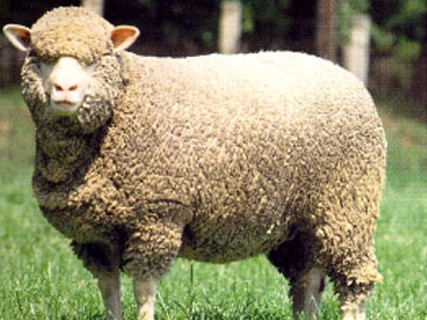Merino sheep made their debut in Poland in 1786, with the first introduction from Spain. Subsequently, in the early 19th century, Electoral Merinos were imported, adding to the genetic diversity of the breed. By 1860, Poland saw the arrival of Merinos of the Rambouillet and Precoce types, further enriching the sheep population.
During this period, efforts were initiated to develop a dual-purpose type of sheep in Poland, focusing on both meat and wool traits. Between 1918 and 1939, the breed underwent improvements aimed at enhancing meat traits, with the introduction of breeds like the Mele and Ile de France, which originated from English Longwool sheep.
Following World War II, Fleischmerinos and Landmerinos were introduced into surviving Merino flocks, contributing to the diversification and resilience of the breed. These initiatives were particularly concentrated in western Poland, where the majority of Polish Merino flocks are located.
The Polish Merino sheep exhibit a combination of desirable traits, showcasing both meat and wool characteristics. This blend of attributes makes them a valuable asset within the Polish agricultural landscape.

